The role of endosperm in seed growth
In family Poaceae, the endosperm continue to the mature seed stage as a depository cell, in which case the seed is known as “albuminous” or “endospermous”, and in other families, it is consumed during embryo growth e.g famly Fabaceae. (Phaseolus Vulgaris i.e. common bean), in which the ovule is known as “exalbuminous” or “cotyledonous” and the function of storage tissue is done by expanded leaves of the seed (cotyledons). In several organisms like Zea mays (Corn), the depository tissue is allocated between both the seed and the endosperm. Some adult endospermic tissue accommodate fats like Ricinus communis (castor beans) and other organisms like wheat and corn (grains) accommodate mainly starch. Embryonic seed of orchids possess no endosperm. Seeds of orchid obtain nutrition from mycohorrizal fungi attached to the roots of a vascular plant and thus are called mycoheterotrophic in their early growth stages.
In some other organisms like coffee, there is no endosperm. Instead, the coffee plants have a nutritive cell called as “perisperm” which they get from nucleus. Seed dormancy is also one of the roles of endosperm of some organisms. Endospermic tissue also arbitrates the transport of nutritive stuff from the mature life to the embryo. It serves as a place for genes to express in a parent –of- origin- distinct manner (genomic imprinting). Endosperm is responsible for abortion of seeds generated from genetically ill-matched parents. In flowering plants, the endosperm consists of hormones like cytokinins that manage embryonic organ development and cellular differentiation (James et al, 2003).
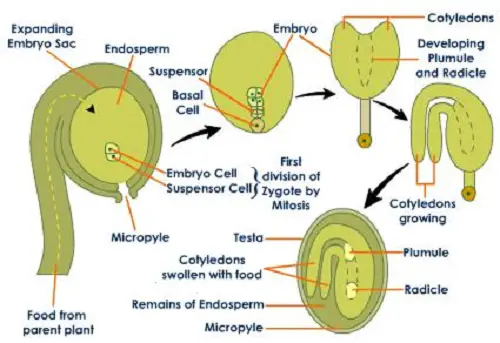
Role of Endosperm as supplier of nutrients
Starch and proteins in cereals undergo catabolism upon the inception of fertilization by hydrolytic enzymes discharged by the aleurone layer. The amylum and proteins that are hydrolysed serve as a source of nutrition, offering carbon and nitrogen for seed fertilization, and following seedling inception. Single cell layer endosperm in Arabidopsis gathers fats in the form of TAGs (triacylglycerols). Triacylglycerols undergo catabolism and convert into sucrose by the process of gluconeogenesis all along and after fertilization (Penfield et al. 2004). Eminently, fats located within the Arabidopsis endosperm are different from those located in the egg not only in content, but also in the way they undergo catabolized regulation.
Cell-specific set of proteins expressed by a genome (Proteomes) are present in Micropylar Endosperm of fertilized seeds with small leaves (cress) (Muller et al. 2010). Fully grown cress endosperm gathers proteins responsible in energy generation, protein folding and protein balance and protein protection. Their affluence is correlated temporally, spatially and temporally with Micropylar Endosperm (ME) enfeebling and fissure. This action underpins the fact that the Micropylar Endosperm (ME) of plants with small green leaves (cress) has a responsibility for seed growth with the alteration of cell walls and doesn’t only serves as a source of nutrients for the seeds (Muller et al. 2010).
Endosperm function in signal synthesis
Endosperm discharges signals for controlling the development of the embryo. The embryo cells of endosperm possess the potential to sense the ecological alterations and activate signals for the purposes of embryo growth regulation. Therefore the association, communication between the embryo and the endosperm is two way i.e. (bidirectional).

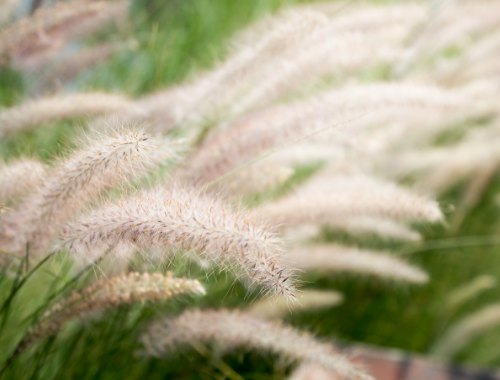
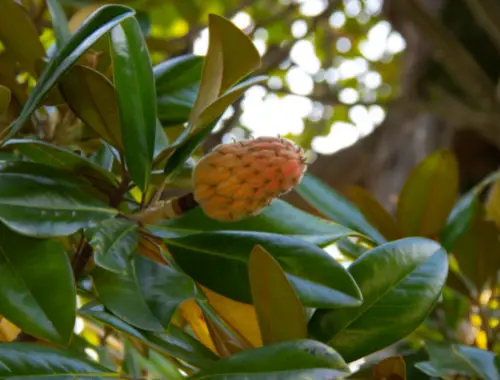
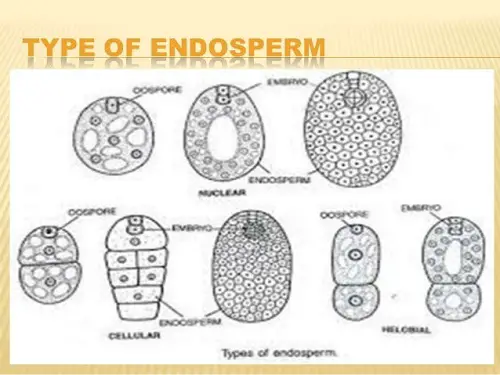
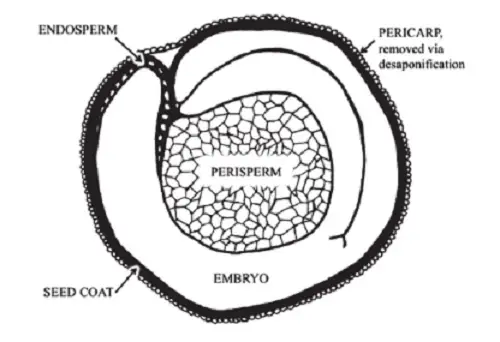
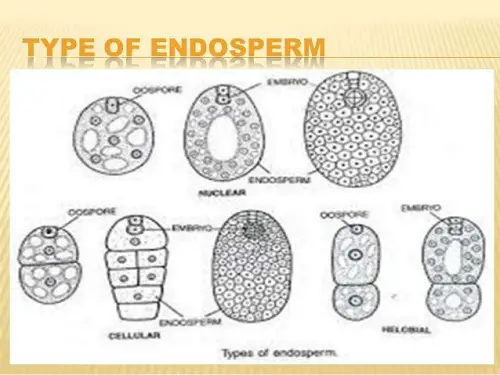






Leave a Reply